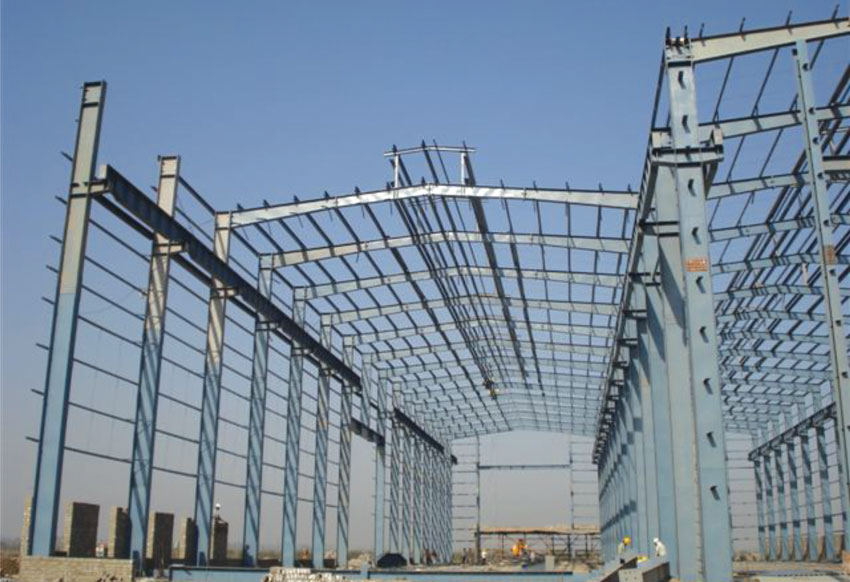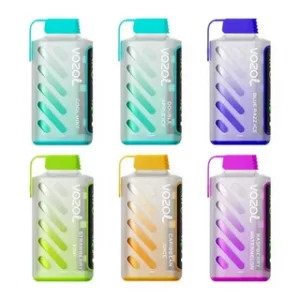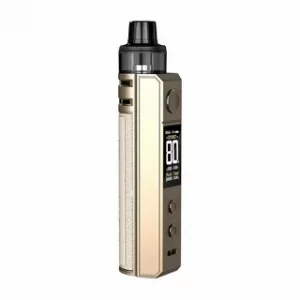Pre-Engineered Buildings: The Smart Choice for Expanding Commercial Spaces

In the dynamic landscape of commercial development, businesses are constantly seeking cost-effective, time-saving, and flexible building solutions. Pre-engineered buildings (PEBs) have emerged as a preferred choice for many, combining the benefits of durability, efficiency, and adaptability. PEBs are particularly advantageous for businesses looking to expand their commercial spaces, offering a practical and intelligent building solution.
Rapid Construction and Turnaround
Time-Efficient: One of the most significant advantages of pre engineered building manufacturer is their quick installation time. The components are engineered and fabricated off-site, leading to a rapid assembly process that can sometimes cut construction schedules in half compared to traditional building methods.
Streamlined Process: The use of standardized components and pre-fabrication means fewer on-site delays due to weather or logistical issues, ensuring a faster occupancy rate which is vital for commercial enterprises aiming to capitalize on market opportunities.
Cost-Effectiveness
Reduced Labor Costs: The simplicity of the construction process requires less skilled labor, which can significantly reduce labor costs.
Minimal Waste: Precision engineering and fabrication mean that PEBs generate less waste during construction, translating into cost savings and environmental benefits.
Lower Life Cycle Costs: PEBs are designed with high-quality materials that often require less maintenance over the building’s life, reducing long-term costs.
Flexibility and Scalability
Modular Design: PEBs are based on a modular design principle, allowing for easy expansion. As a business grows, additional modules can be added with minimal disruption to operations.
Customizable Layouts: While pre-engineered, these buildings are not one-size-fits-all. They can be customized to fit specific functional requirements, from warehouse spaces with wide, clear spans to multi-story office complexes.
Durability and Quality
High-Quality Materials: PEBs are manufactured with strict quality control processes in a factory setting, ensuring that the materials meet high standards of quality and durability.
Engineered to Last: These buildings are designed to withstand local weather conditions, including high winds, heavy snow, and seismic activities, which is essential for the longevity of a commercial space.
Energy Efficiency
Insulation Options: PEBs often include superior insulation in their design, making them more energy-efficient than traditional buildings, which can lead to significant savings on energy bills.
Solar Integration: The structures can easily integrate solar panels and other renewable energy sources, contributing to a building’s sustainability profile and energy independence.
Environmental Impact
Sustainable Building: The production of PEB components in a controlled environment reduces on-site environmental disturbances. Additionally, the materials used, such as steel, are often recyclable, making PEBs a more eco-friendly construction option.
LEED Certification: PEBs can be designed to comply with LEED (Leadership in Energy and Environmental Design) standards, which can improve a building’s environmental performance and provide tax benefits in some regions.
Industry Applications
Versatility: PEBs are used across various industries, including retail, manufacturing, warehousing, and office buildings, due to their versatility and adaptability to different commercial needs.
Sector-Specific Designs: The buildings can be tailored to industry-specific requirements, such as incorporating heavy-duty flooring for manufacturing facilities or sophisticated HVAC systems for data centers.
Challenges and Solutions
Perception: Some may perceive PEBs as less durable or aesthetically pleasing than traditional structures, but modern designs and finishing materials have significantly improved their appearance and functionality.
Building Codes: Ensuring PEBs meet local building codes and regulations requires careful planning and coordination, but experienced manufacturers are well-versed in these requirements and can guide businesses through the process.
Conclusion
Pre-engineered buildings represent a smart choice for businesses looking to expand their commercial spaces swiftly and efficiently. They offer a unique combination of cost savings, flexibility, and eco-friendly attributes while not compromising on quality and durability. As commercial demands evolve and pressure for sustainable construction practices increases, PEBs stand out as an innovative solution poised to meet the modern-day challenges of commercial expansion.




